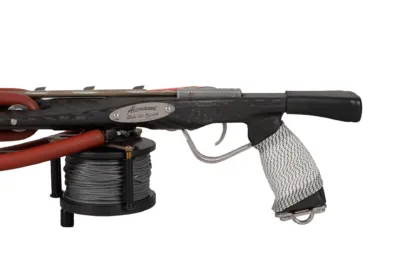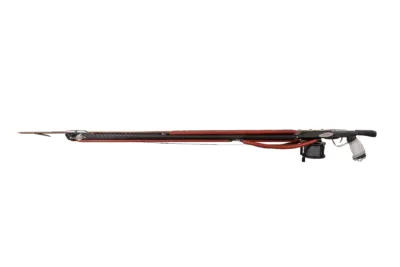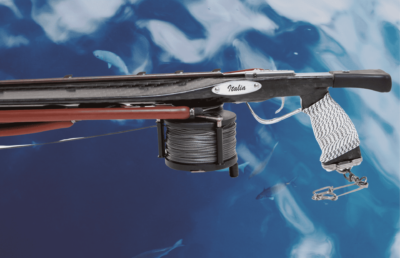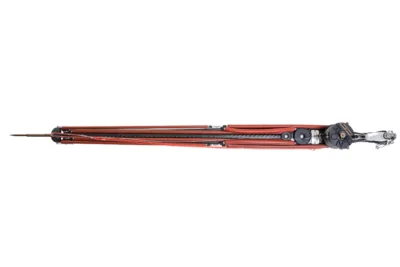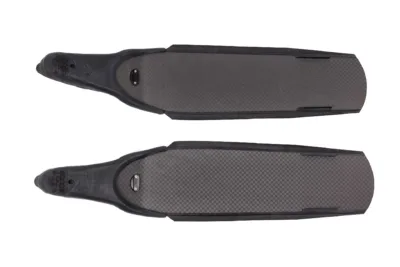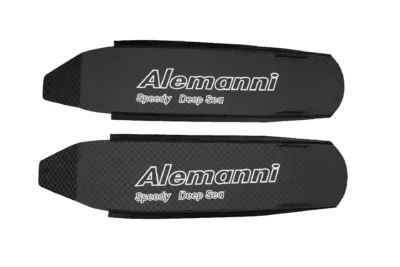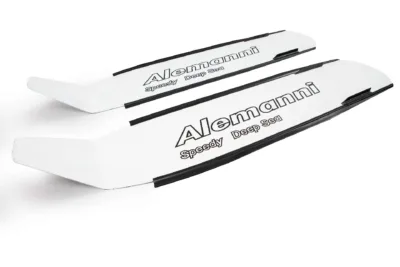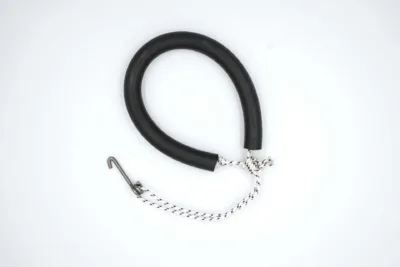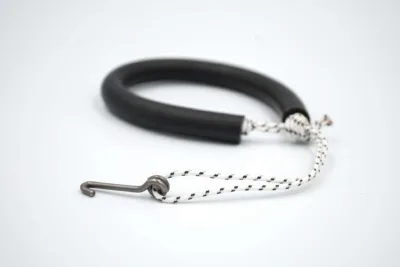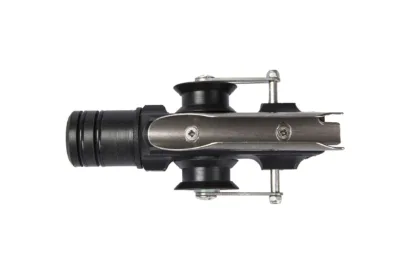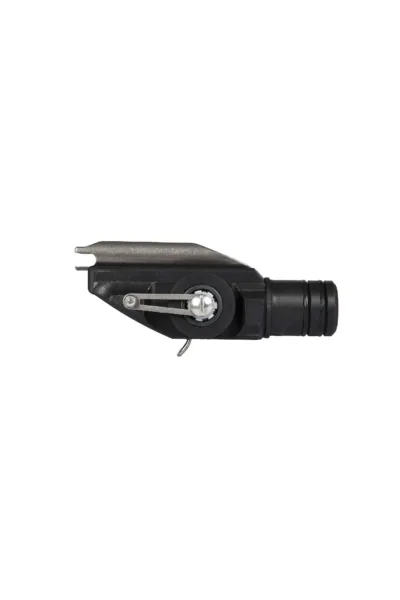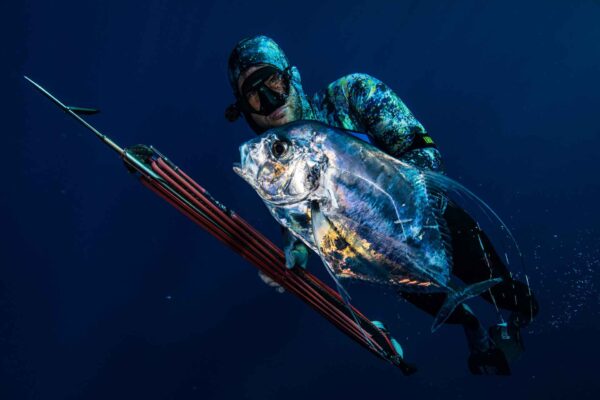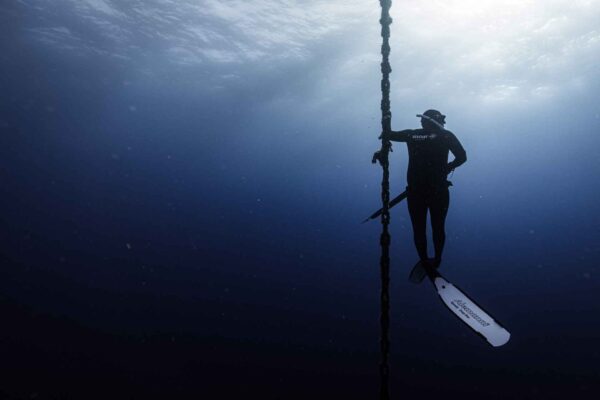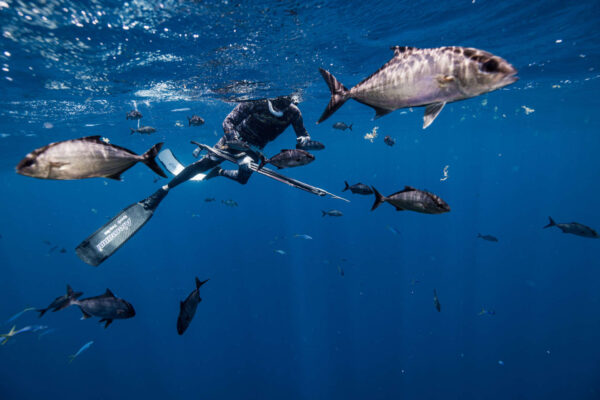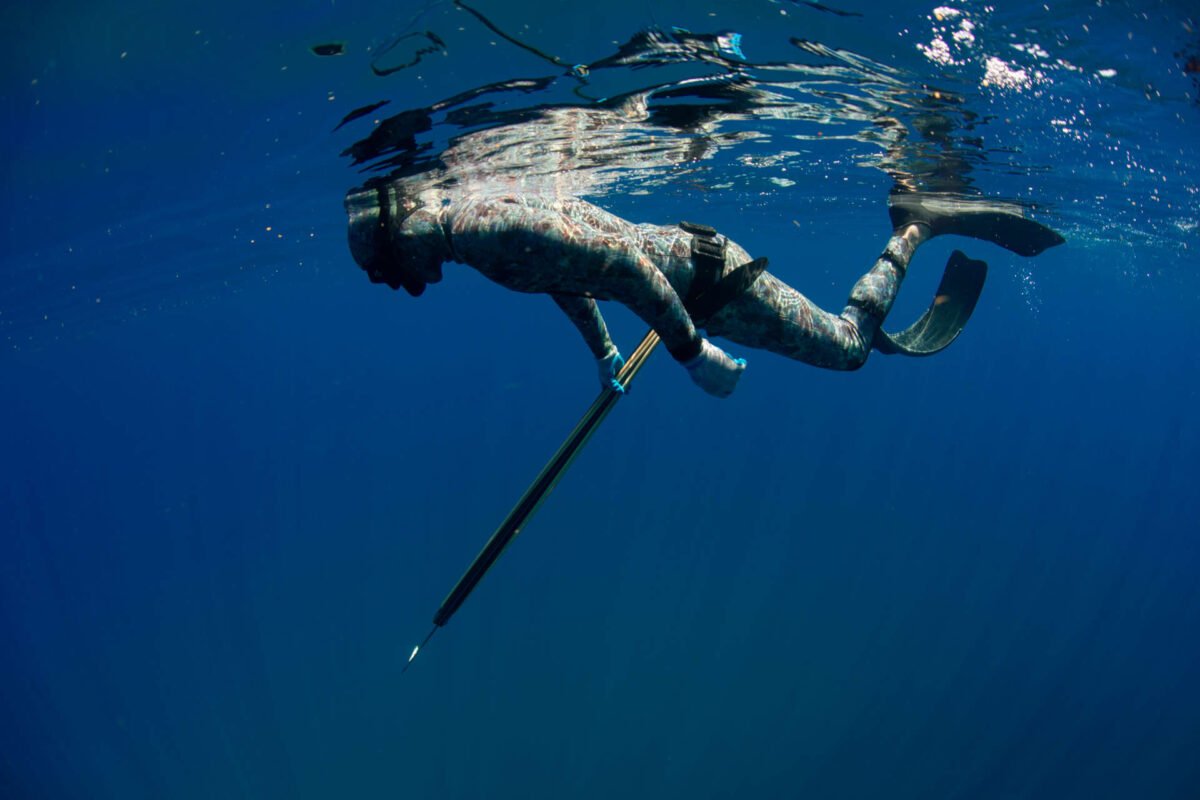Underwater fishing techniques
The false myth of depth: why you don't need to go into deep water to fish
The false myth of depth: why you don't need to go into deep water to fish
More and more often, thanks to a growing interest in disciplines related toa, we read stories of underwater exploits a great depths, catches in the depths and very long apnea times. As if for fish in the sea, and leave the fishing trip with a decent game bag, if it were necessary to go to significant depths and be able to hold your breath for more than three minutes.
In reality, underwater fishermen know this well, below the coast and in the shoal you can fish a lot and with great satisfaction: the fish, although more savvy than those that live "protected" by the sea depths, also move a lot on the surface and near the coast.
Fishing in the sea: fish and depths
Fish in the sea, especially if you are fishing breathless, means first of all knowing how to read situations. When you have a maximum of two minutes of fishing available, knowing how to interpret the context very quickly is essential.
Therefore the spear fisherman soon learns about the behavior of different species who wants to settle, their habits and better strategies to attract them or put them under fire without being noticed.
Experienced fishermen know well that the fish move (and a lot) even in the shallows and close to the coast. Even the species most fond of bottom life such as groupers, snappers and croakers will sooner or later pass through shallower bodies of water - due to temperature issues, to feed or reproduce.
Catch a big one snapper it will always be more likely beyond 10 meters of depth than in shallow waters, but it is not uncommon to encounter specimens hunting in a few meters of water, especially in winter. And the same can happen with groupers, sea bream and tuna.
Then there are the species that traditionally hunt in shallow waters or go there to eat: sea bass, mullet, sea bream and salpe they are a constant presence along the coast. Sea bass, in particular, move in such shallow waters that many say they have also settled on the surface, aiming downwards without submerging.
Which fish to catch in the sea at shallow depths
It is clear that fishing for large pelagics or large groupers requires being able to venture to certain depths, but within the first 6 metres there is a world of water.
La sea bass. the queen of the slum, it is fished especially in winter but it can be found in all seasons. It loves to hunt in very shallow water, moving near rocks or cleverly hiding in the foam. L'sea bream, on the other hand, moves in the shallows essentially in search of food. When it leaves its den it moves between rocks and patches of vegetation, and is known to be a very wary fish, definitely not the easiest to get the hang of.
Le set sail they move in groups and are quite vulnerable in the shallows, especially when they stop to eat. You have to know how to camouflage yourself very well, because it is enough to be seen by one specimen to see the entire group flee. Their presence, however, can attract even more interesting prey, such as snappers who go below the coast to hunt them. The mullet it is perhaps the easiest prey to catch in shallow water by shooting from above, also due to its predictable movements.
Remaining below 5 meters, you can also fish sea bream, garfish, lecce and mullet. In essence, almost all fish sooner or later move towards shallow waters: it is always the fisherman's technique and experience that make the difference.
Underwater fishing techniques in shallow water
There are several freediving fishing techniques that can be practiced in shallow waters. One of the most widespread is theambush from the surface, a technique that can be very fruitful with all shallow water fish and is also suitable for those with little experience.
Within 3 meters of depth we start talking about looking fishing: you lower yourself to the bottom, camouflaging yourself with the rocks or vegetation, and wait for the right moment to strike your prey.
Shallow waters are actually the most suitable context for learn and refine the technique, which means learning to take distances into account (near rocks the biggest risk is to destroy the auction immediately) but also become aware of your own freediving and fishing times.
Below the coast it is also practiced den fishing, even if the technique is losing some traction due to the scarcity of prey: the octopus he was once the prince of this type of fishing, which today is used above all to land bream, grouper, croaker and croaker.


